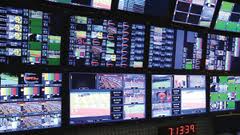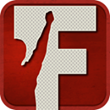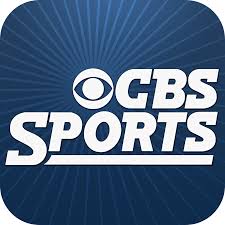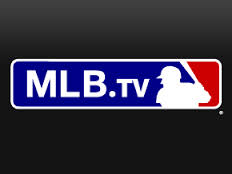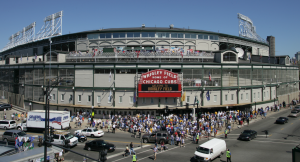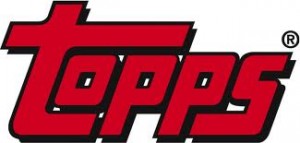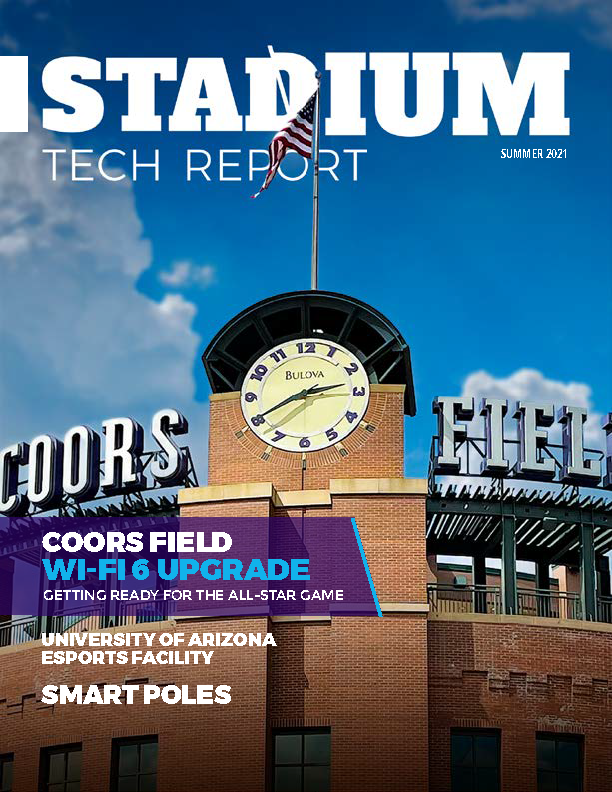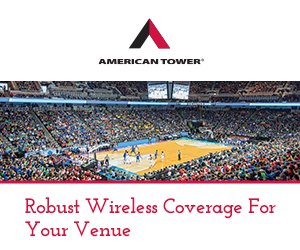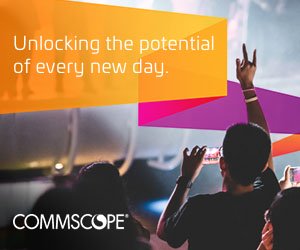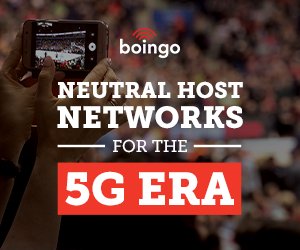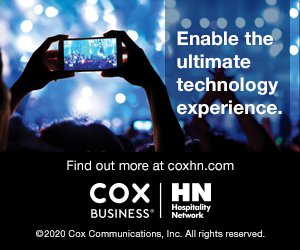Major League Baseball Advanced Media (MLBAM) is leveraging its huge video broadcasting and Internet infrastructure and has branched out into a very different field this week when it acquired the distribution rights to a live concert.
The concert deal was signed with the Global Poverty Project, which for the second year in a row is hosting a concert that is called the Global Citizen Festival that features Stevie Wonder, Kings of Leon, Alicia Keys and John Mayer and which will be held on the Great Lawn of New York City’s Central Park on Saturday, September 28, 2013.
MLBAM will be using its back end streaming video infrastructure that currently fans may know from MLB.TV, and will be offering the event to both domestic and international broadcast partners interested in presenting the show with either live high definition broadcasts or as an on-demand service.
While it may seem odd that the interactive arm of MLB would turn to this concert license, it is already using its advanced high tech capabilities in a variety of other areas, both sports and non-sports focus. For instance it is the provider of in-flight movies on Southwest Airlines, provides ESPN3’s streaming and is the technology behind Glenn Beck’s Internet television channel, according to the NYT.
MLB has been building its infrastructure in this and related areas for some time and is a unique position in that it can undercut what might be viewed as mainstream broadcasters at providing this service. It has the infrastructure not only at a league level but increasingly at individual ball parks so that stadiums can quickly support an event such as the concert and provide broadcast and other services.
